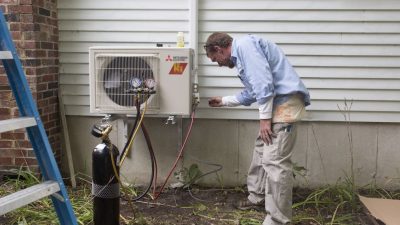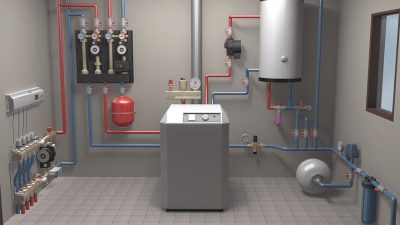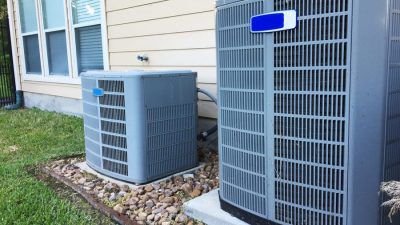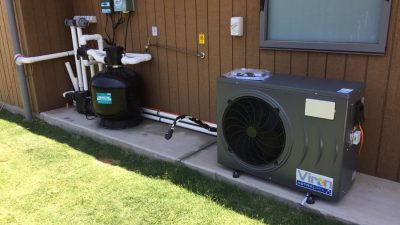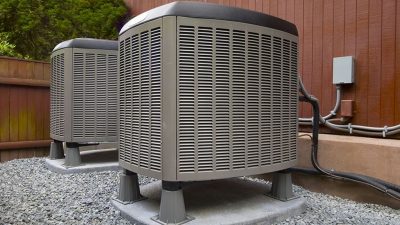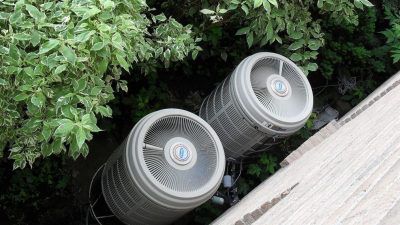Do heat pump dryers need plumbing? It’s a question that has been on the mind of many, as more and more households are turning to green technology for their laundry needs. In today’s world, we all have a subconscious desire for innovation, and this article will explore the answer to this pressing question.
Heat pump dryers have become increasingly popular in recent years due to their energy efficiency and cost savings. But how do they work? Heat pump technology works by recycling hot air from the drum back into the interior of the appliance to reduce energy costs. This means that instead of using traditional electric resistance heating elements, these machines use air as their energy source – making them much more efficient than other types of dryers.
But what about plumbing? Do heat pump dryers need any type of plumbing installed in order to function properly? The answer is yes – they require a venting system in order to exhaust moisture out of the machine. However, this doesn’t necessarily mean that you’ll need an expensive professional installation; most modern models come with everything you need for a successful set up. Keep reading to learn more about how heat pump dryers work and if they require any kind of special plumbing considerations!
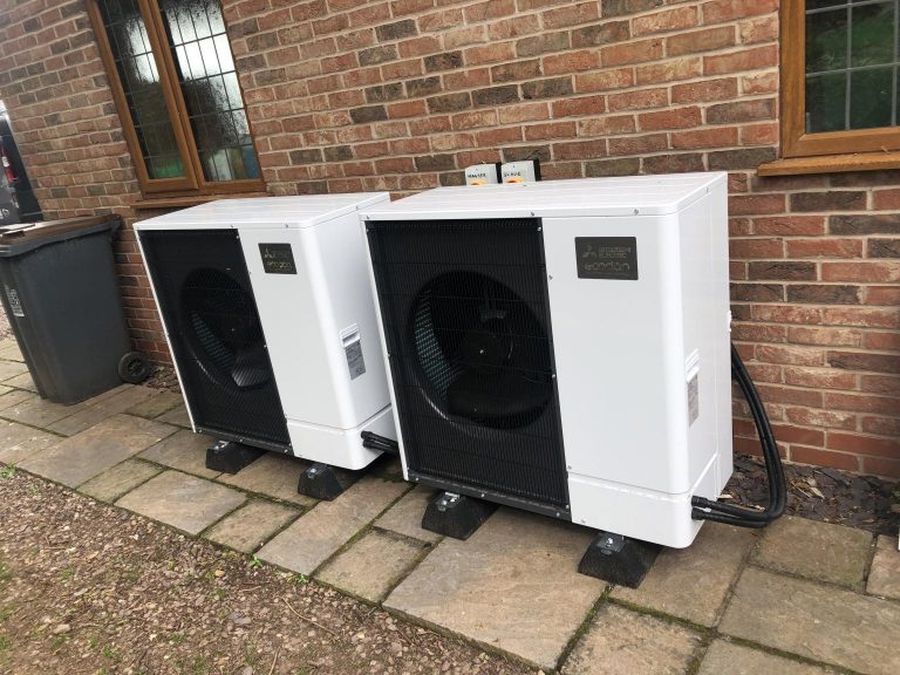
Overview
Heat pump dryers are a revolutionary new way to dry clothes, and they don’t need any plumbing. They offer unprecedented energy efficiency, cost savings, and shorter drying times. These incredible devices use heat pumps to take in air from the surrounding environment and circulate it inside the dryer, allowing for more efficient and faster drying of clothes.
The innovative design of these dryers is based on advanced technology that helps conserve energy by using a closed-loop system with minimal waste. Heat pump dryers can save up to 50% in energy consumption compared to traditional drying methods. This means lower electricity bills and reduced costs over time. Plus, they reduce the amount of time it takes to get laundry done as well!
In short, heat pump dryers provide an excellent solution for those looking for energy efficiency and cost savings while still getting their laundry done quickly.
Advantages Of Heat Pump Dryers
The advantages of heat pump dryers make them an attractive option for those looking to upgrade their laundry room. Unlike traditional dryers, heat pump dryers are more energy efficient, allowing them to use up to 70% less energy while still providing the same drying power. Moreover, they are eco-friendly and quieter in operation than conventional models. Heat pump dryers offer a number of benefits:
- Energy Efficiency: Heat pumps produce the same amount of drying power with significantly lower energy consumption than conventional electric or gas dryers. This can result in lower utility bills and long-term savings.
- Lower Costs: With their superior energy efficiency, heat pump dryers cost less to run than traditional models over time, resulting in significant savings for consumers.
- Eco-Friendly: Heat pumps produce lower levels of emissions than traditional electric or gas models, making them a greener choice for the environment conscious consumer. They also operate at a much lower noise level than their conventional counterparts, making them ideal for those looking for quieter operation in the laundry room.
Heat pump dryers have become one of the most popular choices among modern households due to their superior energy efficiency and eco-friendly design that reduces costs and noise levels while still offering powerful performance.
Installation Requirements
No plumbing is required for a heat pump dryer. However, there are several other installation requirements that must be met in order for your new appliance to function correctly. Firstly, the electrical requirements of your new machine must be checked and verified by a qualified electrician before setup begins. Additionally, you’ll need to make sure the venting requirements are taken care of. This can include proper ventilation in the room where the dryer will be used or having an exhaust system installed as well.
Finally, don’t forget to read through all of the setup instructions that come with your new dryer. This will ensure everything is set up properly and you get the most out of your new appliance. With these simple steps taken care of, you can enjoy all the benefits that come with owning a heat pump dryer!
Choosing The Right Model
When choosing the right heat pump dryer model, there are several factors to consider. First and foremost, it’s important to make sure the model is energy efficient. Heat pump dryers can be more expensive than traditional models; however, they can save you money in the long run due to reduced energy costs. To ensure you get the most energy-efficient model, look for one with a high Energy Star rating. Additionally, compare different models and read online reviews to find out which ones work best for your needs.
You should also look at the features of different models before making a decision. Consider things like the size of the drum, drying capacity, noise level, and other special features that will benefit your lifestyle. The best heat pump dryer for you will depend on your individual needs. A comparison of all available models can help you decide which one is best suited for your household. Be sure to read customer reviews to find out what others have experienced with their own heat pump dryer – this can provide valuable insight into whether or not a particular model is worth investing in.
Maintenance And Care Tips
Now that you’ve chosen the right model of heat pump dryer, it’s important to understand how to properly care and maintain it. With the right knowledge, tips, and tools, you’ll be able to keep your unit in tip-top condition so you can enjoy it for years to come.
To help you get started, here is a table outlining some basic maintenance and care tips for heat pump dryers:
| Heat Pump Dryer Maintenance | Care Tips |
|---|---|
| Clean the filter regularly | Use a soft cloth or brush when cleaning the filter. Vacuum any lint buildup. |
| Change or clean the ducts | Check the ducts periodically for any debris that may be blocking air flow. Change them out if necessary. |
| Check for water leaks | Inspect all hoses and connections for signs of water leaks or other damage. Replace any damaged parts immediately. |
| Regularly inspect vents | Make sure the vents are not blocked by dirt or other debris that can restrict air flow. Clean them as needed. |
Following these tips will help ensure your heat pump dryer runs efficiently and safely year after year. Regular maintenance can also reduce energy costs by keeping your unit running at its peak performance level. Taking proactive steps like these will not only keep your unit operating smoothly but will also extend its lifespan significantly!
Troubleshooting Issues
Troubleshooting issues with a heat pump dryer can be daunting, but with the right knowledge and tools, it can be done. Here are some things to consider when dealing with heat pump dryer problems:
- Check for any clogs or blockages in the condensation collection system. This could be caused by lint buildup, dirt, or even synthetic fabric drying residue.
- Look for any signs of energy consumption issues. This could include your electricity bill going up or the motor running longer than normal.
- Make sure all settings on the dryer are set correctly. This includes temperature settings and cycle times, as well as any other controls that may affect performance.
These tips will help you troubleshoot common problems with your heat pump dryer quickly and efficiently. With this knowledge in hand, you’ll be able to get back to doing what you do best – drying clothes!
Conclusion
In conclusion, heat pump dryers can be a great option for those looking to reduce their energy costs while still getting the job done. They provide plenty of advantages, but it’s important to consider your installation requirements and choose the right model for your needs. With proper maintenance and care, these dryers should last for a long time and provide you with many years of use. If you run into any issues along the way, there are troubleshooting steps that can help you get back on track. At the end of the day, I’m sure you’ll find that a heat pump dryer is worth considering if you’re looking for an energy efficient appliance.

